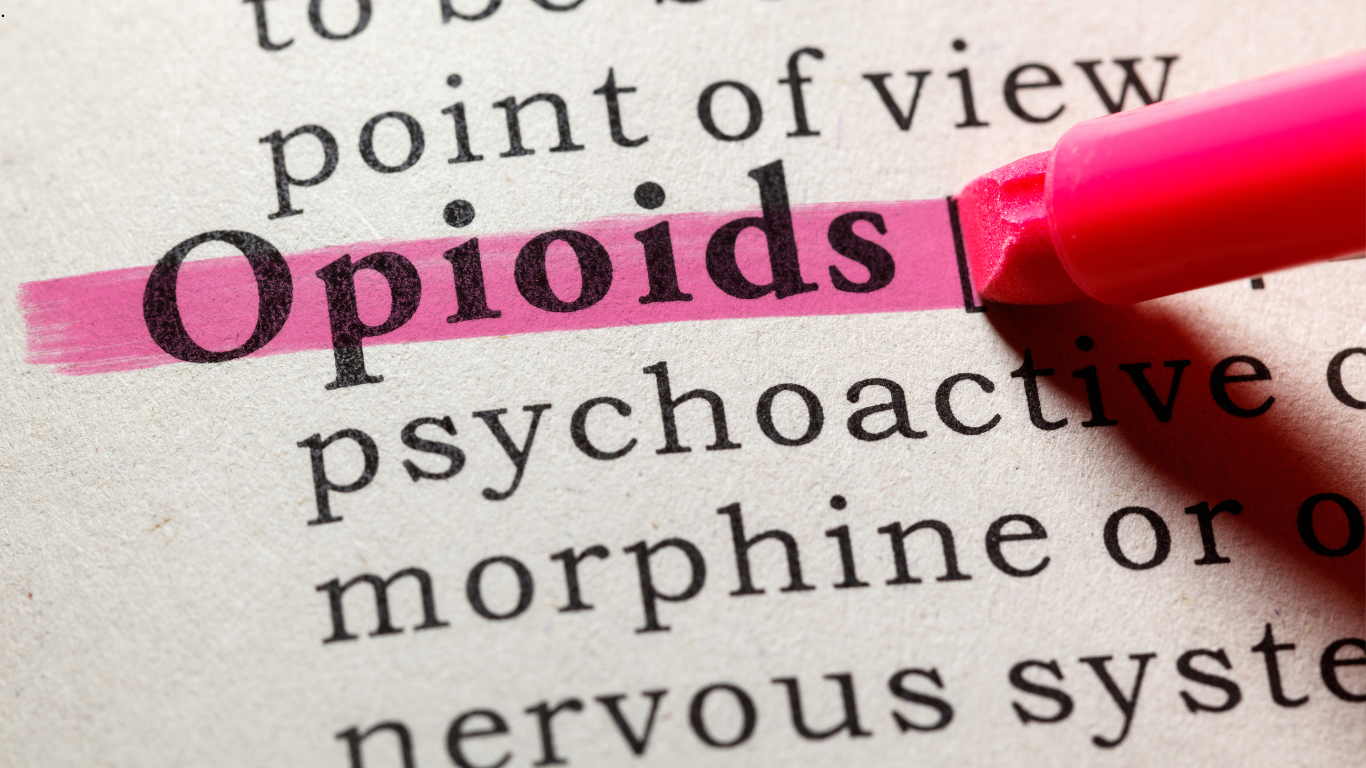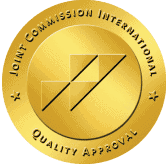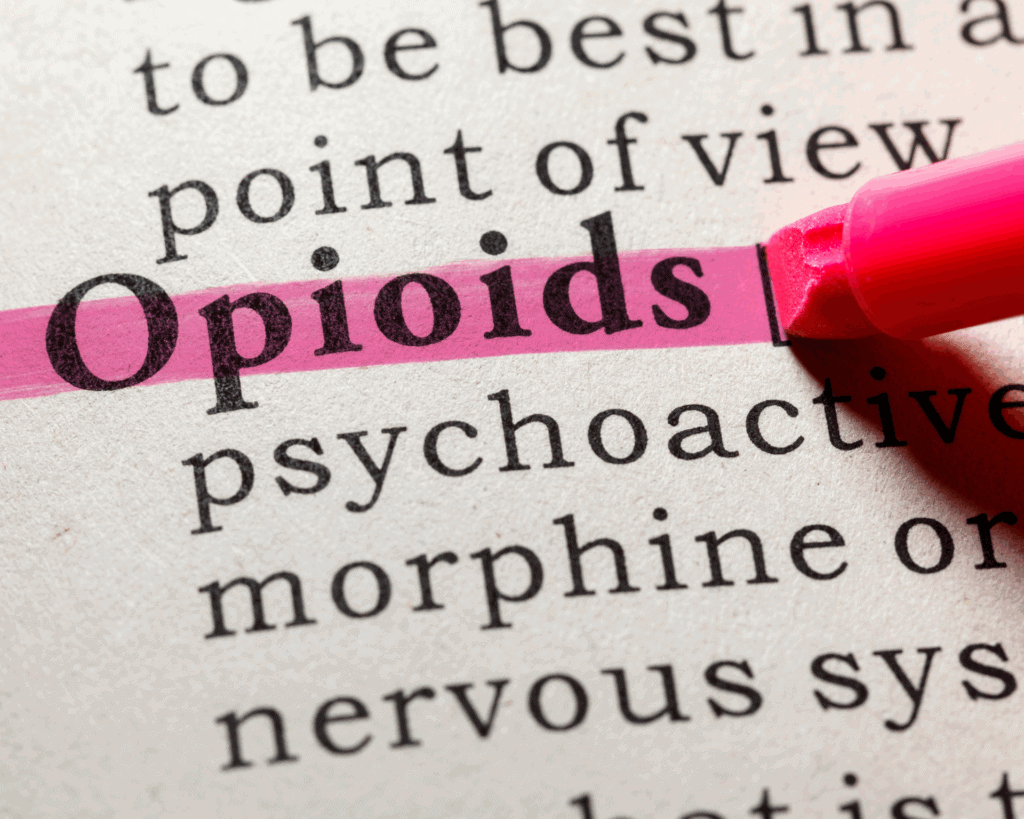Opioids are prescription medicines often used to treat pain because they can be very effective. They work by attaching to certain receptors in the brain and nervous system, reducing pain and creating feelings of euphoria. However, opioids also come with risks, including side effects like trouble breathing, constipation, and dizziness. They also carry a high risk of drug abuse and addiction, according to the Drug Enforcement Administration.
For short-term pain, like after surgery or an injury, opioids might be the most effective option. However, for managing chronic pain, opioids may not be the best choice. Over time, they can become less effective and lead to serious long-term risks, including dependency and addiction. While opioids can provide relief, it’s important to explore other options for pain management and use them responsibly under the guidance of a healthcare provider to avoid misuse or addiction.
Risk Factors for Opioid Misuse, Addiction, and Overdose
Understanding the risks associated with opioids, including commonly prescribed pain medications and sleeping pills, can help individuals make informed choices and avoid potential misuse. According to the National Institute on Drug Abuse, opioids—often prescribed under well-known commercial names like OxyContin, Vicodin, and Percocet—carry a high risk of addiction and overdose. Below are key risk factors that contribute to opioid misuse:

1. Prior Substance Use
Individuals with a history of drug abuse or alcohol misuse are at a higher risk of developing addiction or dependence on prescription drugs like opioids.
2. Age
Teenagers and young adults are particularly vulnerable to substance use disorders due to experimentation and peer influence.
3. Chronic Pain
Those managing long-term pain with opioids face an increased risk of dependence, especially with prolonged use of commercially named pain medications.
4. Mental Health Conditions
Conditions such as anxiety, depression, and other mental illnesses can lead to the misuse of psychoactive drugs as a coping mechanism, increasing the likelihood of addiction.
5. Genetics
A family history of substance dependence can predispose individuals to opioid addiction, making them more susceptible to its effects.
6. Use of Other Substances
Combining opioids with other substances, such as alcohol or benzodiazepines (e.g., sleeping pills), significantly raises the risk of overdose and severe side effects.
7. Social and Environmental Factors
Stressors like poverty, homelessness, or social isolation can increase vulnerability to opioid misuse and addiction.
How to Lower the Risks
To reduce the risks of opioid misuse and addiction:
- Use Prescription Drugs as Directed: Follow instructions from your doctor’s office, and avoid taking more than the prescribed dose.
- Avoid Mixing Substances: Combining opioids with alcohol or other drugs increases overdose risks.
- Seek Emotional Support: Address underlying issues like stress or mental health conditions with therapy or counseling.
- Have Emergency Resources: Keep naloxone (Narcan) on hand to reverse an opioid overdose if necessary.
- Stay Educated: Recognize the commercial and street names of opioids to prevent accidental misuse.
The Role of Prescription Monitoring in Preventing Opioid Misuse
Prescription opioids serve a critical role in managing pain, but their widespread use has contributed to rising rates of substance abuse and overdose. To combat this crisis, many states have implemented Prescription Drug Monitoring Programs (PDMPs)—state-run databases that track prescription drugs to prevent misuse and overprescribing.
How Prescription Monitoring Works
A PDMP allows healthcare providers and pharmacists to review a patient’s prescription history, ensuring that opioids and other drugs are not being misused. These systems help:
- Identify patients receiving prescriptions from multiple providers (“doctor shopping”)
- Prevent dangerous drug interactions by tracking opioids prescribed alongside sleeping pills and benzodiazepines
- Reduce the risk of overdose by limiting high-dose opioid prescriptions
- Flag suspicious prescribing patterns among healthcare providers
The Impact of PDMPs on Opioid Misuse
Studies from the National Institute on Drug Abuse (NIDA) show that states with strong PDMPs see lower rates of opioid prescribing, abuse, and overdose deaths. These programs encourage healthcare professionals to:
- Use caution when prescribing high-risk medications
- Educate patients on the risks of prescription drugs
- Offer alternative pain management strategies for chronic conditions
How Patients Can Use PDMPs to Stay Safe
Patients can take an active role in preventing opioid misuse by:
- Discussing PDMP data with their doctor to ensure safe prescribing
- Avoiding other drugs that may interact with opioids, such as alcohol or sedatives
- Sticking to one pharmacy for all prescription drugs to maintain a clear medication history
By leveraging prescription monitoring, patients and healthcare providers can work together to reduce the risks of opioid misuse, making opioid therapy safer and more effective.
Opioids: Brand Names and Generic Names
According to the National Institute on Drug Abuse, opioids include both brand-name and generic medications. Some common examples are:
- Oxycodone: Known under commercial names like OxyContin, Percocet, and Roxicodone.
- Hydrocodone: Found in Vicodin, Norco, and Lortab.
- Fentanyl: A potent opioid marketed as Duragesic, Sublimaze, and Actiq.
- Morphine: Available as MS Contin, Kadian, and Avinza.
- Codeine: Frequently combined with other medications in products like Tylenol with Codeine.
- Tramadol: Sold under brand names Ultram and ConZip.
- Methadone: Used for pain relief and addiction treatment under Methadose and Dolophine.
While opioids can effectively manage pain, they also carry a high potential for abuse. Misusing these prescription medicines increases the risk of addiction, overdose, and other severe consequences. For those facing challenges with opioid use, seeking help through alcoholism treatment, counseling, or detox programs can make all the difference in managing these risks and preventing future harm.
Opioids: Street Names
Opioids are prescribed under commercial names but are often sold illegally using street names or code names. Recognizing these terms can help identify misuse and guide individuals to seek treatment.
- Heroin (Smack)
- Heroin is a highly addictive opioid with numerous street names, including H, dope, smack, junk, brown sugar, china white, white horse, dance fever, and black tar.
- Oxycodone (Commercial names: OxyContin, Percocet, Roxicodone)
- Percs commercial names medication is often abused and sold illegally under codeine street names like oxy, oxys, hillbilly heroin, percs, and white stuff commercial names.
- Hydrocodone (Commercial names: Vicodin, Norco, Lortab)
- A commonly misused prescription drug known on the street as vikes, hydros, tabs, and lorris.
- Fentanyl (Commercial names: Duragesic, Sublimaze, Actiq)
- This potent synthetic opioid is linked to many overdoses and is sold illegally as dance fever, china girl, serial killer, bomb, octagons, and tango and cash.
- Morphine (Commercial names: MS Contin, Kadian, Avinza)
- Often referred to as M, miss Emma, white stuff, and God’s drug.
- Codeine (Syrup Commercial names: Tylenol with Codeine, Fioricet with Codeine)
- A mild opioid used in cough syrups and known by street names like lean, purple drank, sizzurp, syrup, and captain Cody.
- Methadone (Commercial names: Methadose, Dolophine)
- Typically prescribed for opioid addiction treatment but often abused as fizzies and amidone.
- Tramadol (Commercial names: Ultram, ConZip)
- This pain medication is often referred to as trammies and chill pills.

Dangers of Illegal Use
Misusing prescription medicines, whether under their commercial names or street names, can lead to dangerous consequences. Many users mix opioids with other substances like alcohol, dramatically increasing overdose risks. This is especially true for substances like China white, hillbilly heroin, or dance fever, which may contain lethal amounts of fentanyl.
The National Institute on Drug Abuse emphasizes the importance of recognizing withdrawal symptoms, the risks of opioid use disorder, and seeking help early. Whether dealing with substance use in a doctor’s office or battling the impact of opioid dependence, professional help and a strong support system are essential for recovery.

Opioid Detox and Drug Abuse Rehab in San Diego, CA
Opioid detox and drug abuse rehabs in San Diego specialize in helping individuals break free from opioid addiction with compassionate, expert care.
Medical Detox for Opioid Addiction
Opioid withdrawal can be intense, but safety and comfort come first. Our medically supervised detox ensures round-the-clock monitoring to manage symptoms like nausea, muscle aches, and anxiety. When appropriate, medication-assisted treatment (MAT) is provided to ease discomfort and support a smoother transition into recovery.
Residential Treatment: Structure & Support:
For those needing a dedicated healing environment, our residential program offers comprehensive, evidence-based care. Through individual and group therapy, cognitive-behavioral therapy (CBT), dialectical behavior therapy (DBT), and life skills coaching, we help clients build the tools they need for lasting sobriety.
Flexible Outpatient Programs:
We understand that not everyone can step away from daily responsibilities. Our intensive outpatient (IOP) and outpatient (OP) programs allow individuals to receive treatment while maintaining their personal and professional commitments. These programs provide structured support with therapy, peer groups, and relapse prevention strategies.
Ongoing Aftercare for Long-Term Recovery:
Recovery doesn’t stop after treatment ends—and neither does our support. We offer aftercare services, including ongoing therapy, support groups, and relapse prevention resources, to help individuals stay on track as they transition back into daily life.
Start Your Recovery Today
Breaking free from opioid addiction is possible—and we’re here to help every step of the way. Whether you need structured treatment, or ongoing support, Assure Recovery Center provides the care and guidance you need for lasting sobriety. Contact us today and take the first step toward a healthier, addiction-free future.


